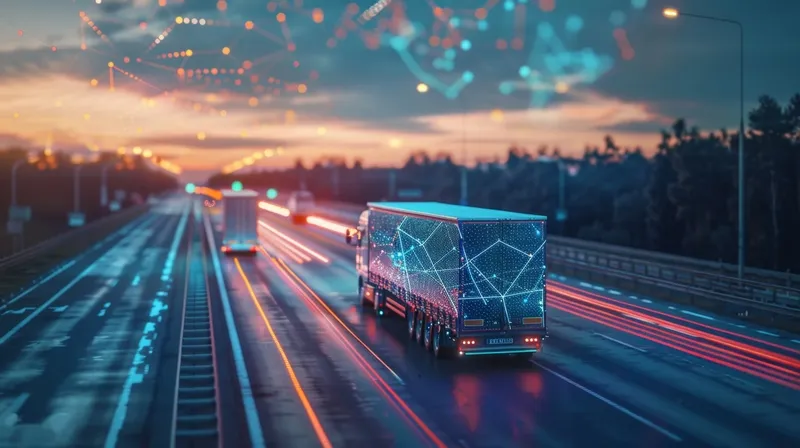The USDOT's Intelligent Transportation Systems (ITS) Joint Program Office has released the first version of the ITS National Reference Architecture to fully incorporate connected vehicle capabilities in detail. Version 8.0 of the Architecture Reference for Cooperative and Intelligent Transportation (ARC-IT) and its accompanying software tools are available at no cost from www.arc-it.net.
ARC-IT Version 8.0 is a major upgrade to the National ITS Reference Architecture that integrates content evolved from both the National ITS Architecture Version 7.1 and the Connected Vehicle Reference Implementation Architecture (CVRIA) Version 2.2. It provides a unifying framework that covers ITS comprehensively, including connected vehicle and traditional infrastructure ITS capabilities. ARC-IT and the accompanying toolsets help implementers develop regional architectures to effectively meet their needs and ensure regulatory compliance, while facilitating efficient, secure, and interoperable ITS deployments.
ARC-IT also includes the release of two companion software tools - the Regional Architecture Development for Intelligent Transportation (RAD-IT) and the Systems Engineering Tool for Intelligent Transportation (SET-IT): Both tools are backwards compatible with their previous incarnation.
USDOT releases integrated ITS reference architecture with connected vehicle capabilities
The USDOT's Intelligent Transportation Systems (ITS) Joint Program Office has released the first version of the ITS National Reference Architecture to fully incorporate connected vehicle capabilities in detail. Version 8.0 of the Architecture Reference for Cooperative and Intelligent Transportation (ARC-IT) and its accompanying software tools are available at no cost from www.arc-it.net.
June 23, 2017
Read time: 1 min
Related Content












